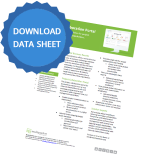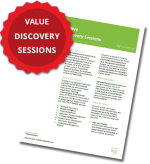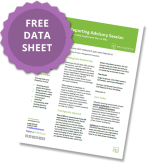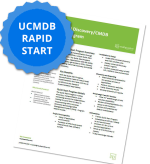Mastering Hybrid Approaches with ServiceNow SPM
Hybrid management blends traditional and agile methodologies to meet diverse project needs, ensuring both structure and flexibility. ServiceNow SPM excels in this hybrid approach, providing a unified platform that maintains visibility and alignment. Its integrated tools streamline planning, execution, and tracking, while supporting strategic alignment and integration with external systems like Jira and Azure DevOps (ADO). This enables organizations to tailor their strategies for optimal outcomes across projects and portfolios.
Let’s dive into two practical scenarios that showcase its capabilities.
Scenario 1: Project Execution – Waterfall with Agile Delivery

One of the most effective hybrid techniques supported by ServiceNow SPM is combining Waterfall’s structured phases with Agile’s iterative delivery. This approach, often referred to as “Waterfall with Agile Delivery,” allows organizations to maintain rigorous planning while embracing adaptability during execution.
How It Works
This hybrid method follows a traditional Waterfall sequence—Initiating, Planning, Executing, Delivering, and Closing—while incorporating Agile practices, particularly in the design and execution phases. Here’s a closer look at each stage:
– Initiating: The project kicks off with formal steps like creating a project from an approved demand, holding a kick-off meeting, and assigning a project manager. The hybrid execution type is confirmed, setting the stage for a blended approach.
– Planning: Detailed planning takes center stage, including budgeting, crafting functional and technical design documents, and conducting security reviews. Risks, issues, and decisions are logged as RIDAC items to ensure governance.
– Executing: This is where Agile shines. Development shifts to iterative sprints, allowing teams to design, build, and test features incrementally. Tools like Jira or ADO integrate seamlessly to manage sprint stories and incidents.
– Delivering: Focus turns to meeting deadlines and ensuring quality, with the delivery team aligned to tasks. RIDAC items are updated to address emerging challenges.
– Closing: The project concludes with formal closure, including transitioning deliverables, finalizing artifacts, and completing financial tasks, all while maintaining RIDAC logs for future reference.
Within this framework, Agile sprints—typically spanning design and execution—enable continuous refinement, ensuring the project adapts to feedback without derailing the overarching structure.
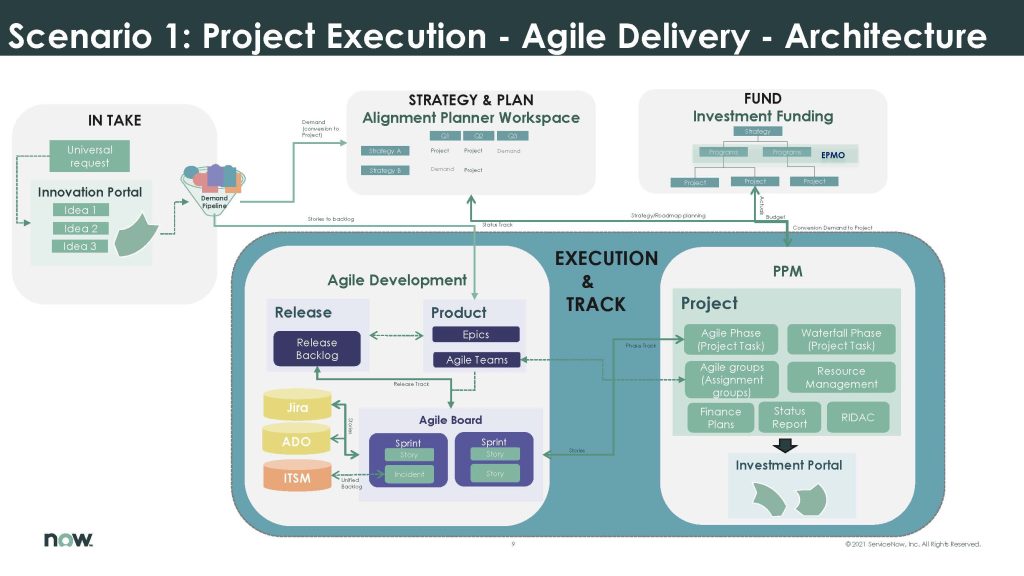
ServiceNow SPM’s Role
ServiceNow SPM enhances this hybrid approach with key features:
– Alignment Planner Workspace: Aligns project demands with organizational goals during planning.
– Unified Backlog: Integrates Agile tools to manage sprints within the Waterfall structure.
– RIDAC Management: Centralizes risk and issue tracking, ensuring governance across phases.
This blend of structure and agility makes ServiceNow SPM Hybrid Management ideal for projects requiring both predictability and flexibility.
Scenario 2: Hybrid Portfolio Management
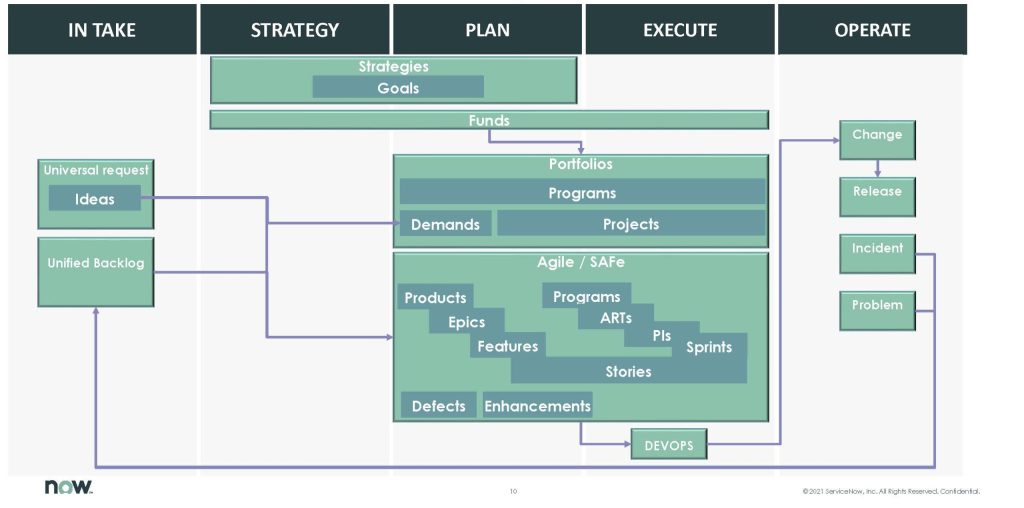
For organizations juggling multiple projects with varying methodologies, Hybrid Portfolio Management offers a comprehensive solution. This approach allows portfolios to encompass Waterfall, Agile, and SAFe projects, all managed within a unified framework.
How It Works
Hybrid Portfolio Management spans the entire lifecycle—from intake to operations—integrating diverse methodologies seamlessly. Here’s how it unfolds:
– Intake: Ideas are captured via a Universal Request system or Innovation Portal, then funneled into a Unified Backlog for prioritization.
– Strategy and Planning: Demands align with organizational strategies, converting into projects or epics. Funding is allocated, and portfolios are structured to accommodate mixed methodologies.
– Execution and Tracking: Projects proceed using their chosen methodology—Waterfall for structured efforts, Agile for iterative ones, or SAFe for scaled initiatives. Unified Agile and SAFe Boards track progress, integrating with tools like Jira and ITSM.
– Operations: Post-delivery, focus shifts to change management, incident resolution, and continuous improvement via DevOps practices.
This scenario ensures that portfolios remain cohesive, even as individual projects adopt different approaches.
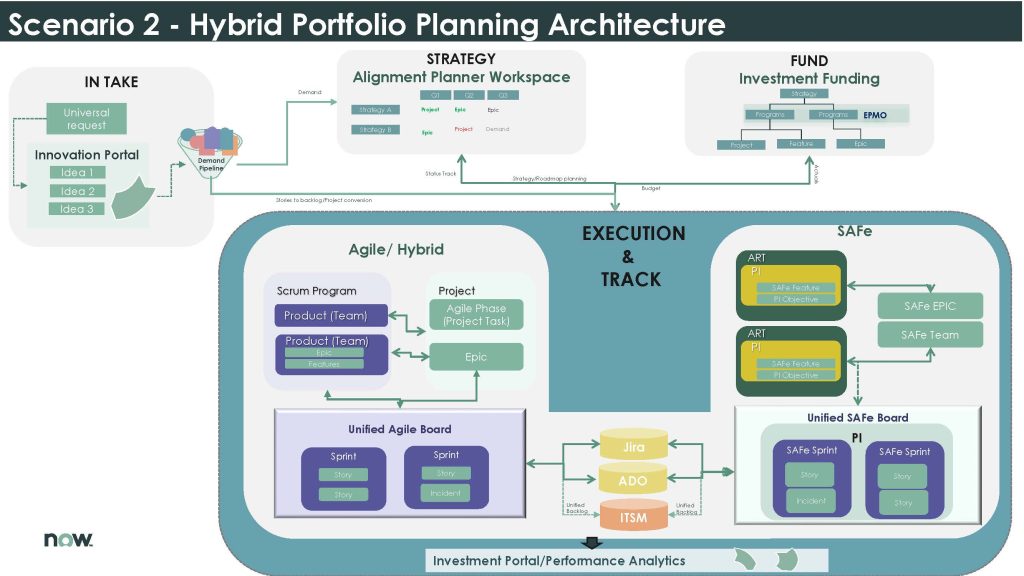
ServiceNow SPM’s Role
ServiceNow SPM powers this hybrid technique with:
– Innovation Portal: Captures and evaluates ideas, ensuring strategic alignment from the start.
– Alignment Planner Workspace: Links portfolio demands to overarching goals.
– Unified Backlog and Boards: Provides visibility across methodologies, integrating external tools for real-time tracking.
– Investment Portal: Delivers insights into portfolio performance, supporting informed decision-making.
With ServiceNow SPM Hybrid Management, organizations gain a holistic view of their portfolios, regardless of the methodologies in play.
Benefits of ServiceNow SPM for Hybrid Management
Adopting hybrid approaches with ServiceNow SPM offers numerous advantages, empowering organizations to navigate complexity with confidence. Below, we explore these benefits in greater detail, highlighting how ServiceNow SPM’s features and tools enhance visibility, collaboration, alignment, and efficiency across hybrid projects and portfolios.
– Flexibility: ServiceNow SPM allows teams to select the best methodology for each project—whether Waterfall, Agile, or SAFe—while maintaining a unified management system. This flexibility ensures that organizations can adapt to diverse project requirements without compromising on governance or oversight. For example, a team managing a compliance-driven initiative can use Waterfall for its structured phases, while another team working on a customer-facing app can leverage Agile for rapid iterations—all within the same portfolio.
– Visibility: Centralized dashboards, such as the Unified Backlog and SAFe Boards, provide real-time insights across hybrid efforts. This visibility enables stakeholders to track progress, identify bottlenecks, and make data-driven decisions, regardless of the methodologies in use. For instance, a portfolio manager can monitor the status of a Waterfall project’s milestones alongside the sprint progress of an Agile project, all from a single interface. Additionally, the Investment Portal offers a high-level view of portfolio health, making it easier to spot trends and adjust priorities.
– Collaboration: ServiceNow SPM’s integration with external tools like Jira, Azure DevOps (ADO), and IT Service Management (ITSM) fosters seamless teamwork across methodologies. Teams can work in their preferred environments while ensuring that updates and dependencies are reflected in the broader project or portfolio context. This connectivity reduces silos and enhances communication, as seen when a development team in Jira syncs their sprint stories with the project’s overall timeline in ServiceNow SPM. Cross-functional teams can also collaborate more effectively, with designers, developers, and testers aligning their efforts through shared tools.
– Alignment: Strategic goals remain in focus throughout the project lifecycle, thanks to tools like the Alignment Planner Workspace. By linking demands, projects, and portfolios to organizational objectives, ServiceNow SPM ensures that every initiative contributes to the bigger picture. For example, during the planning phase, teams can use the Alignment Planner to prioritize projects that align with key business outcomes, ensuring resources are allocated effectively. This alignment extends to financial planning, with the Investment Portal providing clarity on how investments tie back to strategic priorities.
– Efficiency: Features like resource planning and RIDAC (Risk, Issue, Decision, Action, Change) management streamline operations across hybrid methodologies. By centralizing these functions, ServiceNow SPM reduces administrative overhead and ensures consistency in governance. In practice, this means that a project manager can log a risk in the RIDAC module during a Waterfall planning phase and track its mitigation through Agile sprints, maintaining a clear audit trail. Automation features further boost efficiency by minimizing manual updates and ensuring data consistency across integrated tools.
– Scalability: ServiceNow SPM’s hybrid capabilities extend beyond individual projects to support large-scale portfolios. Whether managing a handful of initiatives or a complex portfolio with dozens of projects, the platform scales to meet organizational needs. This scalability is particularly valuable for enterprises adopting SAFe, as ServiceNow SPM integrates with SAFe Boards to manage program increments and track value delivery across multiple teams. A global organization, for instance, could use ServiceNow SPM to oversee regional projects with varying methodologies, all under a single portfolio umbrella.
– Informed Decision-Making: The Investment Portal provides portfolio managers with critical insights into performance, funding, and resource allocation. By offering a consolidated view of financials, timelines, and outcomes, it empowers leaders to make strategic decisions that optimize portfolio value. For instance, a portfolio manager can use the Investment Portal to compare the ROI of different projects, reallocating funds to high-impact initiatives as needed. This data-driven approach ensures that decisions are grounded in real-time information, not guesswork.
– Adaptability: ServiceNow SPM’s hybrid framework supports rapid adaptation to changing conditions. For example, if a project’s scope shifts mid-execution, teams can adjust their approach—perhaps incorporating more Agile sprints—without losing alignment with the original plan. This adaptability is enhanced by the platform’s ability to integrate feedback loops, ensuring that lessons learned from one phase or project inform future efforts.
These benefits collectively enable organizations to achieve greater agility, control, and strategic alignment in their hybrid management efforts. By leveraging ServiceNow SPM’s robust toolset, teams can navigate the complexities of hybrid approaches with confidence, ensuring that projects and portfolios deliver maximum value. Whether it’s a single project blending Waterfall and Agile or a sprawling portfolio with diverse methodologies, ServiceNow SPM provides the foundation for success.
Practical Tips for Success
To master hybrid approaches with ServiceNow SPM, consider these strategies:
Set Clear Goals: Use the Alignment Planner Workspace to define and align objectives with organizational priorities.
Match Methodologies to Needs: Apply Waterfall for structured projects, Agile for iterative ones, and SAFe for scaled efforts.
Integrate Tools: Leverage ServiceNow SPM’s connections with Jira, ADO, and ITSM to unify workflows.
Track Progress: Use the Investment Portal to monitor performance and adjust as needed.
Maintain Governance: Keep RIDAC logs updated to ensure oversight and accountability.
Train Teams: Equip staff with knowledge of both methodologies and ServiceNow SPM’s features.
These steps can help organizations maximize the potential of ServiceNow SPM Hybrid Management, driving success across diverse initiatives.
Ready to Get Started?
Mastering hybrid approaches with ServiceNow SPM is about more than blending methodologies—it’s about creating a unified, efficient, and goal-oriented management system. Whether executing projects with Waterfall and Agile or managing portfolios with multiple methodologies, ServiceNow SPM provides the tools to succeed. By embracing its capabilities, organizations can achieve flexibility, visibility, and alignment, unlocking the full potential of their project and portfolio management efforts.
Ready to explore ServiceNow SPM Hybrid Management further? Dive into ServiceNow’s documentation or community forums to discover how this platform can transform your approach to hybrid management.





